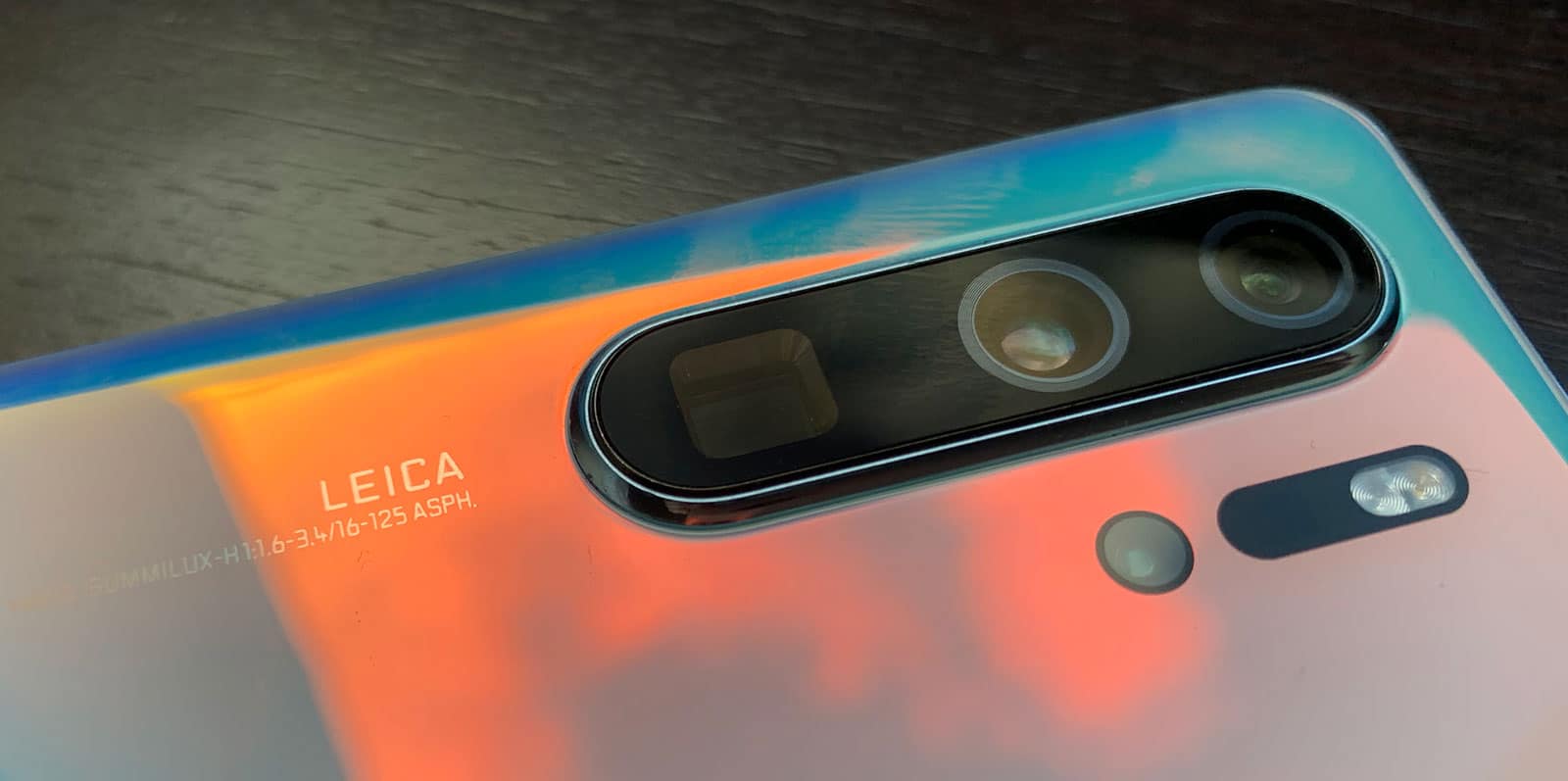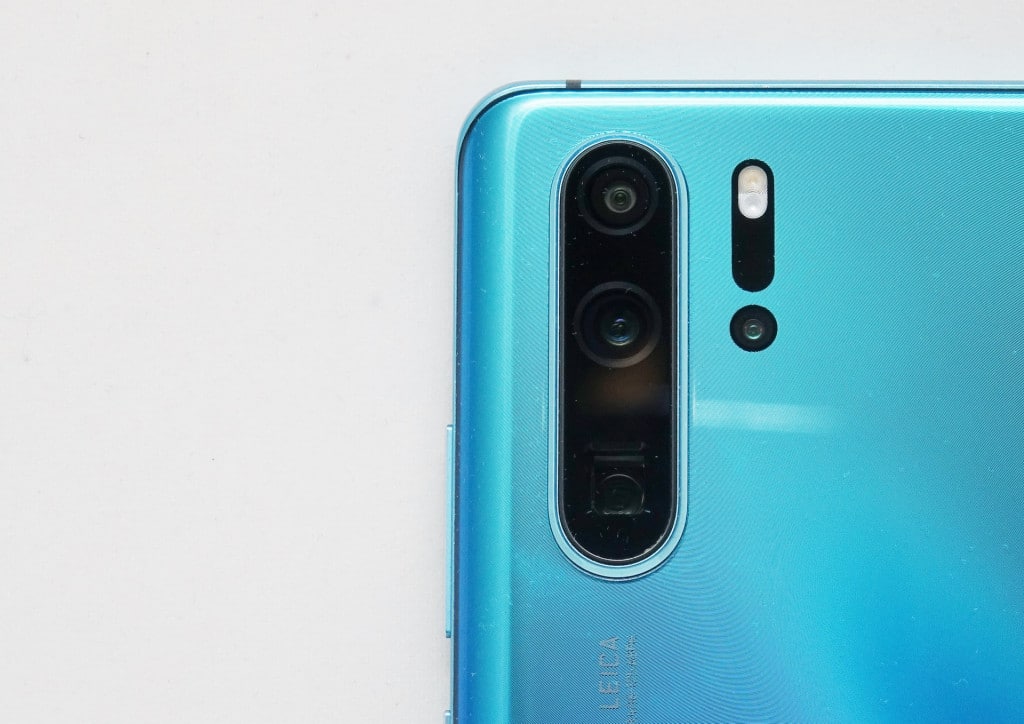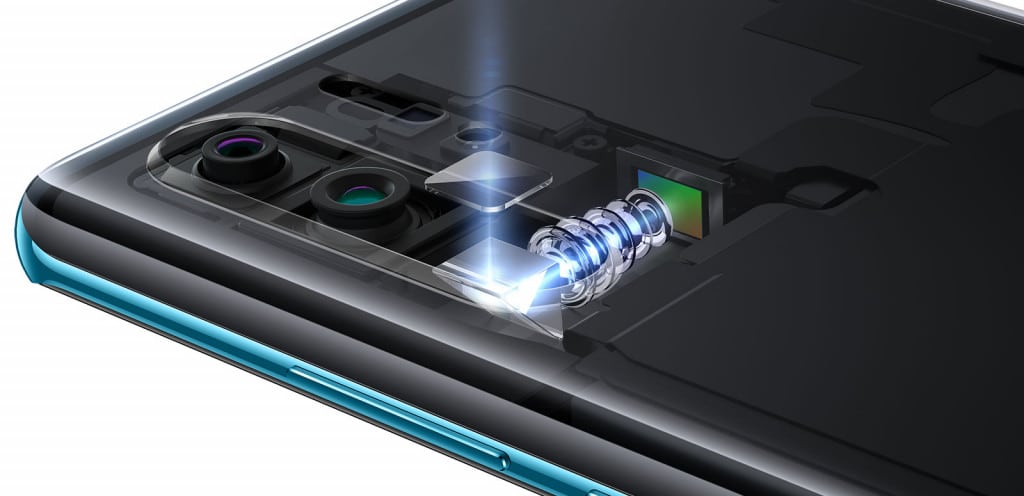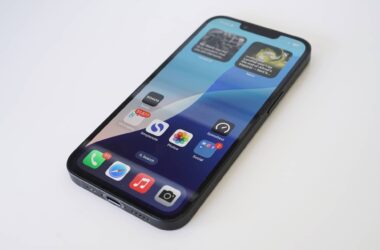There’s an inherent fear that new technology could be used to do nefarious things, but some of the claims about Huawei’s P30 Pro border on silliness, especially if you haven’t used it.
At work this week, a colleague pointed me to a video on social suggesting Huawei’s superzoom on the P30 Pro was dangerous, and could be used for spying. “Odd”, I thought to myself: had the reporter never heard of a real camera?
And only days later as the Huawei P30 Pro launched officially in Australia, the news was echoed, as the ABC published a story written in a very alarmist tone.
Christina Zhou’s piece suggests there are fears that the inclusion of 50x zoom could stoke privacy concerns, and encourage some less than legal activities, a concern which was cemented by the Australian Strategic Policy Institute’s Fergus Hanson who said in the article that this sort of technology was “basically making everyone a potential spy”.
It’s the sort of claim which raises red flags, especially since there are inconsistencies journalists should be able to pick up on raising questions to whether an article is fair, balanced, or even right, something the government has some words on.
Claims like the phone not being available in Australia would have been easily dispelled since it was released a day before the article went live, not to mention reviewers having it weeks before, something which also could have bolstered the story with given the amount of writers that have published stories in Australia on the phone’s launch.
However, there are other reasons to view this as alarmist writing without any view to being realistic or balanced technology journalism.
Cameras have been doing this for years
Is it brand new that digital zoom to this magnitude has been made available on a phone? Yes. But is digital zoom that reaches this extent even new? Hardly.
Pretend to be a tourist for a day — or even just actively be one — and you’ll find you can walk around with a camera sporting a massive zoom lens without anyone thinking anything differently.
Sony’s Cybershot RX10 Mark IV offers around 50x zoom at 20 megapixels and 70x at 10 megapixels, with all of this technology included in the lens. It reaches just as far without any problems, and isn’t even the longest you can go.
Nikon’s P1000, for instance, is a $1500 super zoom camera, and sports a crazy 125x optical zoom lens, going not just over twice the maximum of the Huawei P30 Pro, but further again in optical.
No digital zoom needed, and that’s a good thing, because there’s another factor: digital zoom is largely useless.
Digital zoom isn’t that useful
It’s nice to be able to get closer, but digital zoom isn’t a real zooming technology. Rather, it just blows up the pixels and increases the size of what you see.
While Huawei’s 5x optical zoom on the P30 Pro is real and the 10x zoom is made up of sensors and software working together, the 50x zoom is artificial, and as such, artificially blows up the image you see.
The image quality is therefore fine, but not great, and the result isn’t always going to be something usable.
It’s crazy to demo and cool to see a phone doing it, but it’s not very useful if you were capturing an image from afar, and given how much sharpening you’d need to do, may not be acceptable for anything but shots of the moon or to say that you can.
And that’s before you even realise how hard 50x zoom is to control on a smartphone.
Digital zoom is hard to control
The idea of getting close is nice, but digital zoom’s problem over the years has been that it lacks stability.
Most digital zoom systems lack stabilisation because typically the digital side of things would act as the stabilisation. But when you’re zoomed in all the way, there’s not much extra to work with, and so you need to resort to extra methods and techniques to hold remarkably still.
That might be hugging a lamp-post, or holding your arms in very tight and holding your breath, something this journalist had to do last night to get a photo of the moon at 50x on the Huawei P30 Pro.
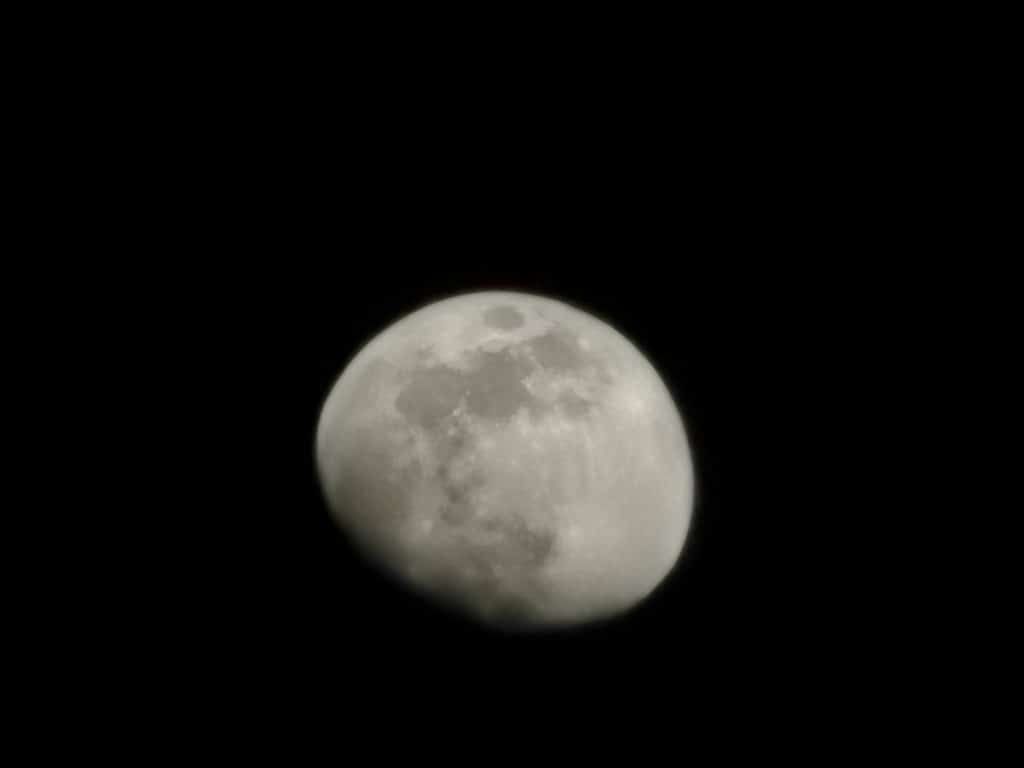
For all intents and purposes, if you’re planning to use the 50x zoom on a smartphone camera, you will probably want a tripod or a mount of some kind, and that makes a dent on how inconspicuous you may end up being.
Overall, the point is that the zoom isn’t necessarily simple, and while the technology has never really found its way to many phones — Samsung did have two 10x optical zoom models years ago: the S4 Zoom and the Galaxy KZoom — the reality is that getting beyond 10x zoom on a new phone may be mostly academic.
Huawei’s P30 Pro also demonstrates an amazing ability to see in the dark without firing the flash, suggesting you might be able to get shots without warning people you’re there, though this technology doesn’t work with zoom. The technology isn’t so much designed for people to do potentially dodgy things, but rather get the best shot possible in any situation.

Technology journalists are in agreement
There’s also the matter that almost every technology journalist is in agreement over this, citing how alarmist the whole thing has been assembled.
Finder’s Alex Kidman wrote a small thread about it on Twitter, Gizmodo’s Tegan Jones said something and appeared on TV about the issue, and Ausdroid’s Chris Rowland made some obvious points about it, too.
And all three of these journalists, like this one, were at the launch of the phone in Paris. Huawei might have paid for that trip, but we all write for different audiences and without interference by Huawei, so finding a journalist with the phone who could speak about its technology wouldn’t have been difficult.
There were plenty of others, too, with at least one more appearing on The Wrap recently.
Digital zoom will return as a gimmick for phones
There’s also the other side which is this: now that Huawei has brought digital zoom back to the fore, it will likely return as a gimmick in smartphones.
It was a gimmick in cameras and video cameras, and so you can kind of expect it again in smartphones.
You can imagine Apple’s next iPhone sensor to sport an improved version of digital zoom, as well as Samsung and LG, and we can only imagine Huawei will bang the same drum with more reach when the Mate 30 Pro arrives later this year. Up the sensor size and we could see 70x zoom easily.
There are better options than a phone for telephoto imagery
But even if you ignore these issues, you have to come back to the simple reality that there are much better tools out there for surveillance.
That old tool — the camera, the long lens, and a tripod — will achieve a better result than digital zoom ever could.
Yes, it is very cool that you can get shots like this from a phone you keep with you, but as handy as it is, it’s a largely irrelevant instrument if you demand quality, which you’d hope would be a requirement of anyone working in surveillance.


